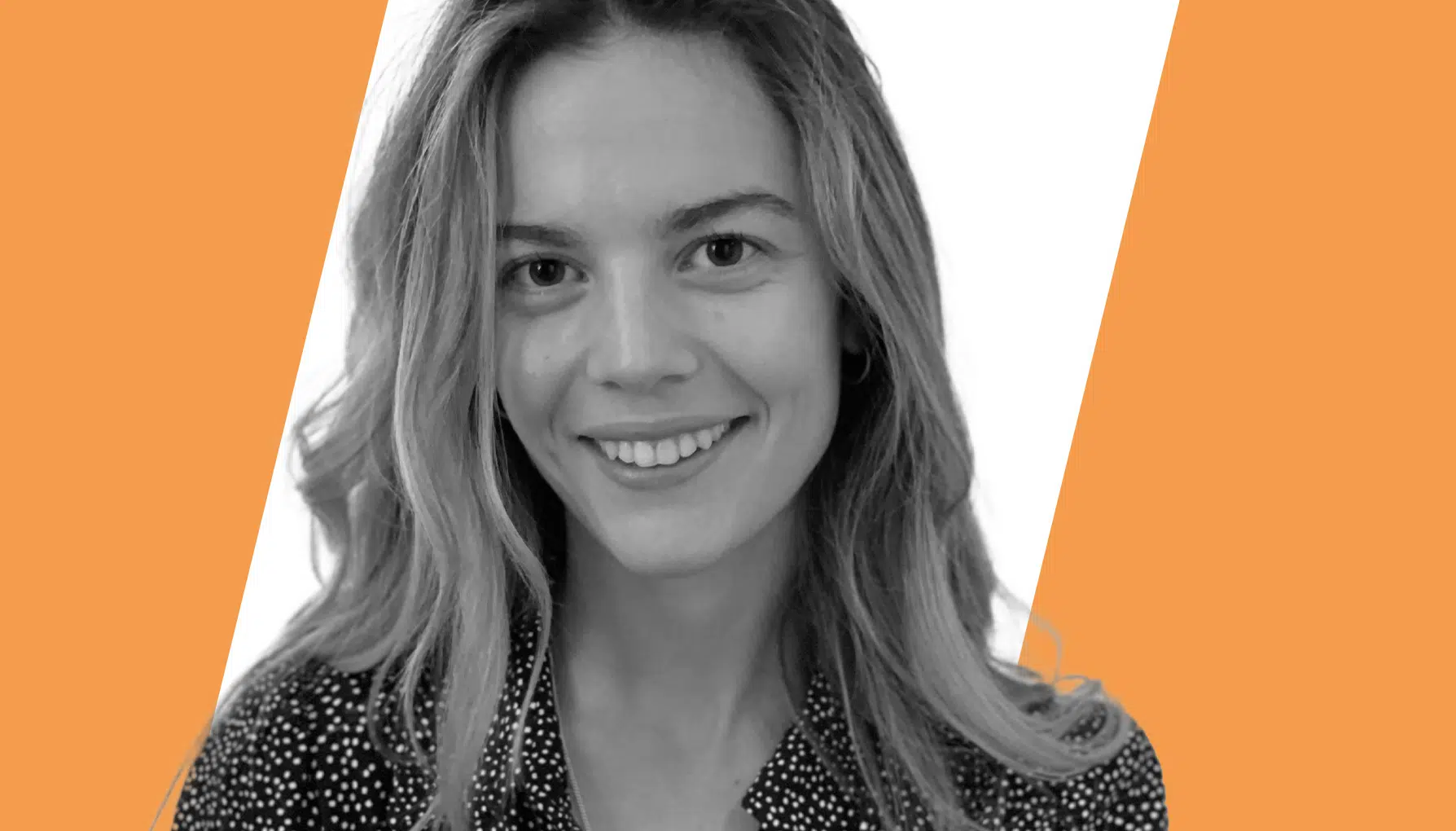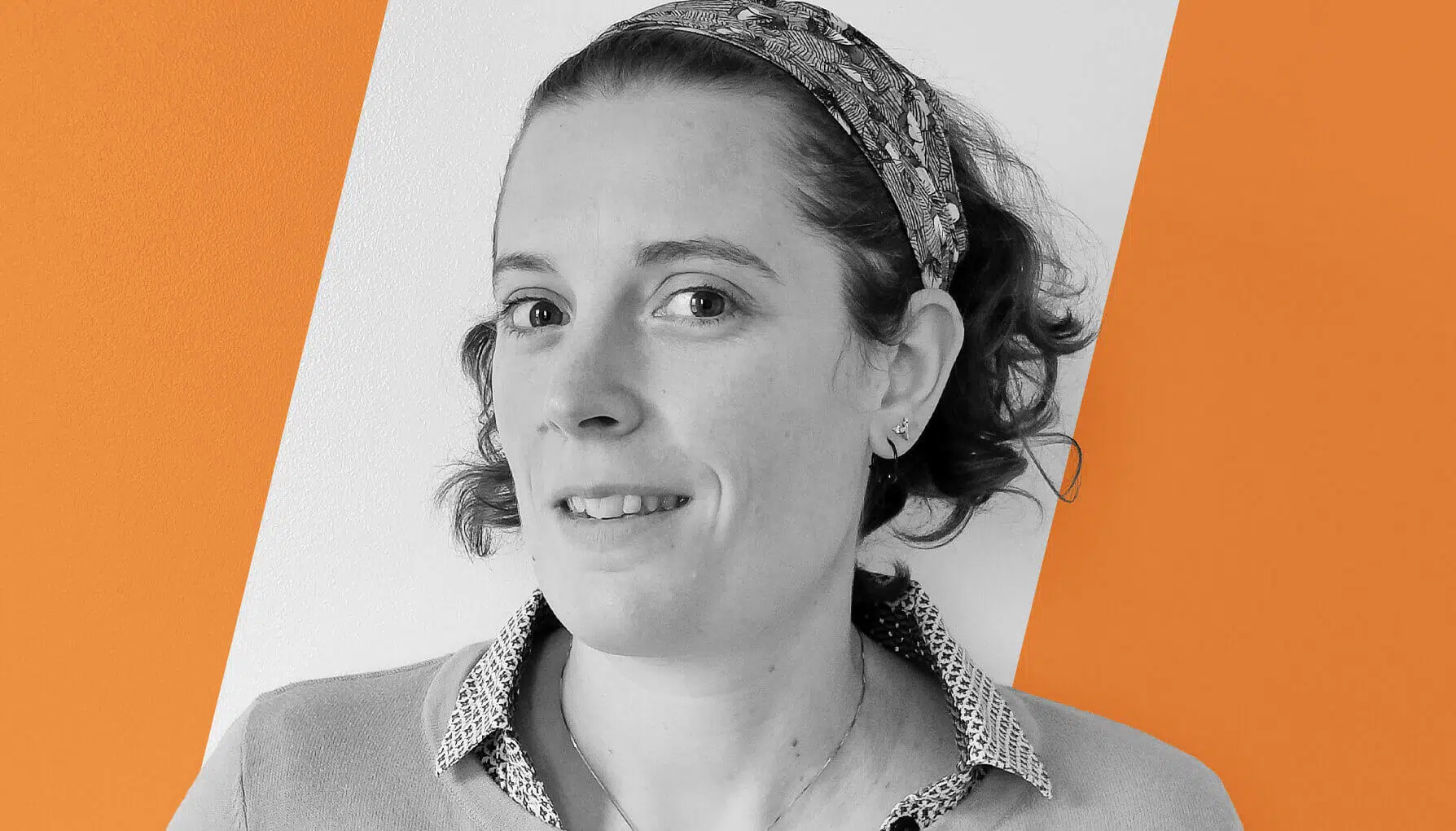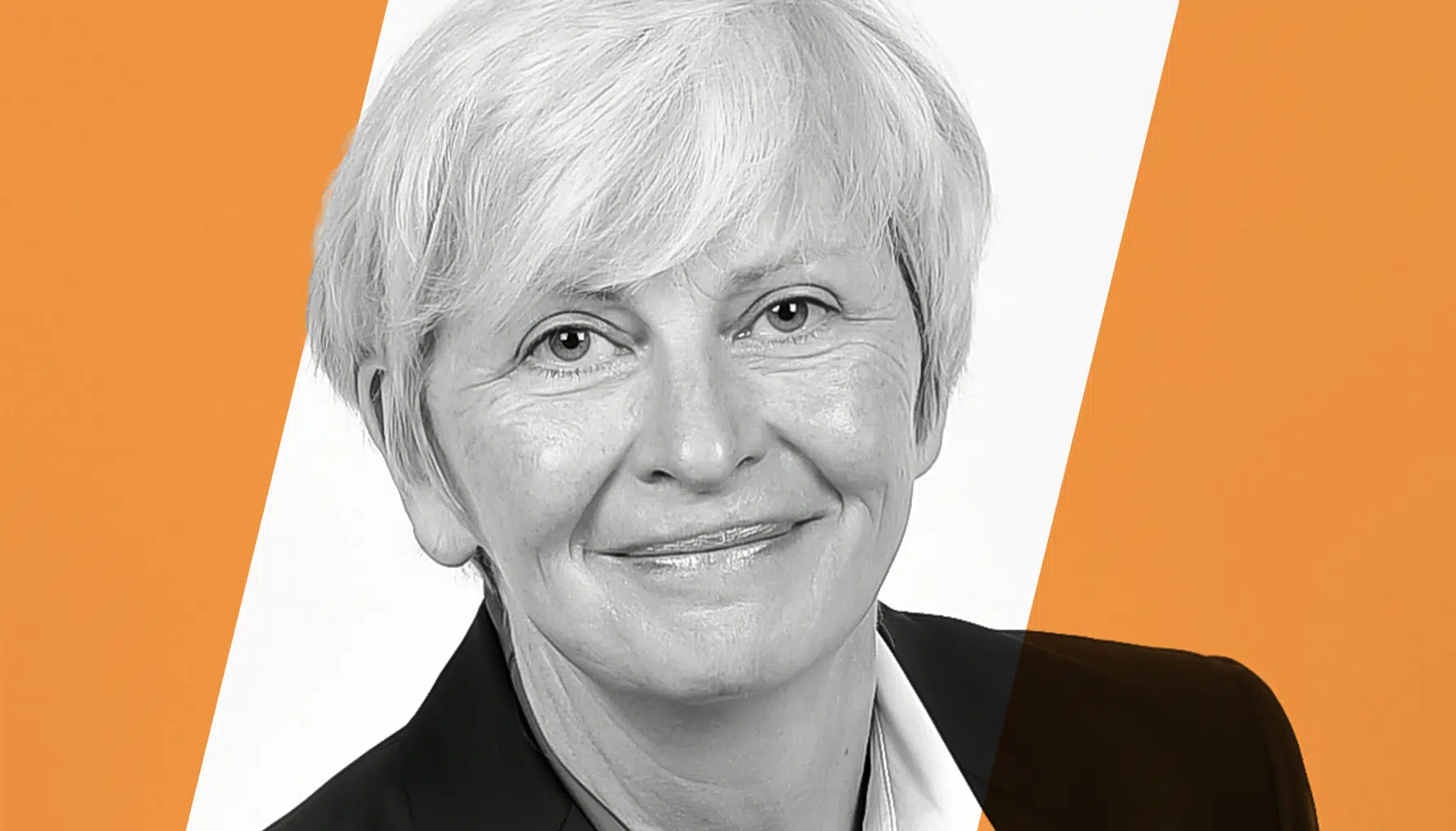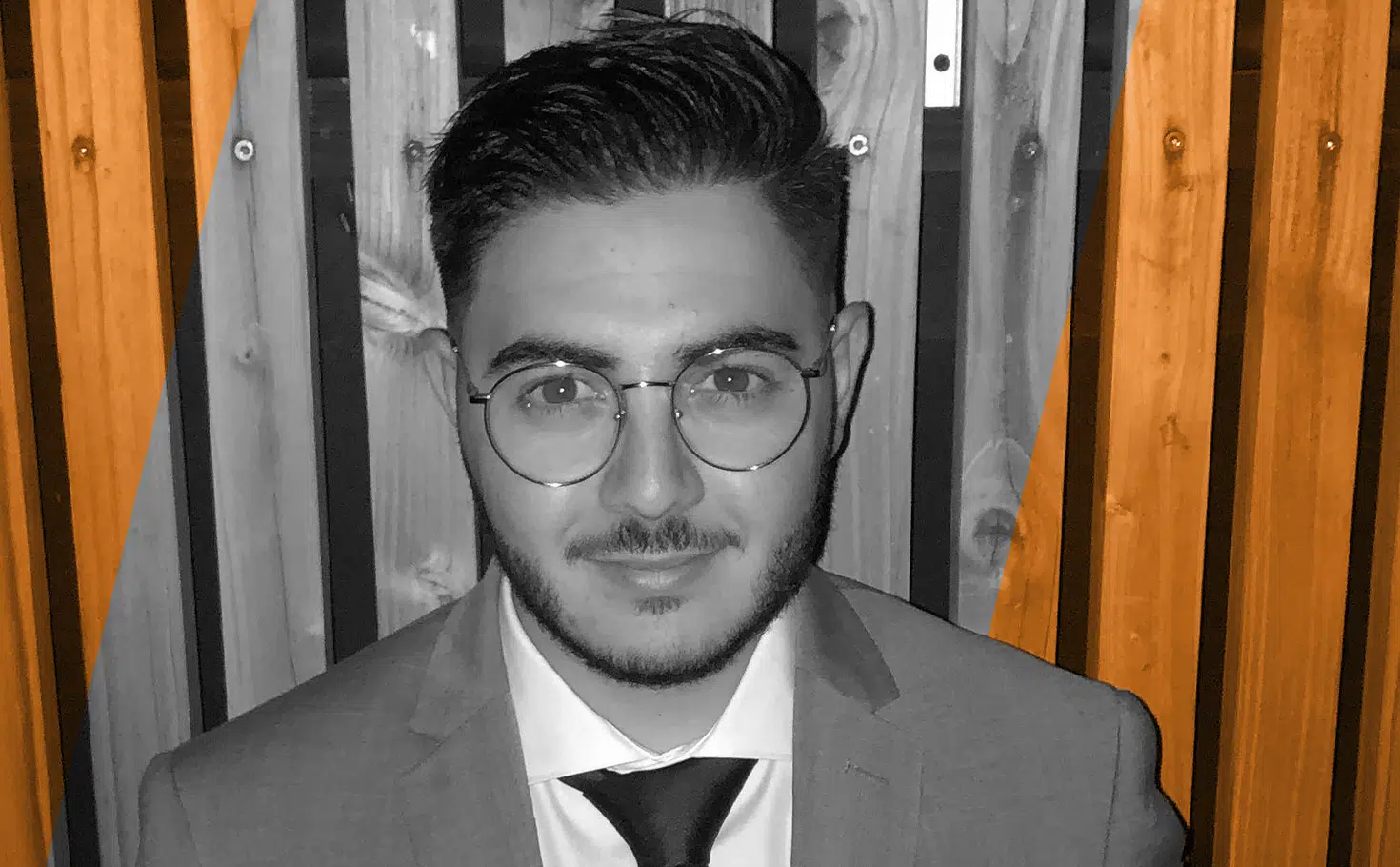Margaux, Key Account Manager, has progressed in her career in line with Diabeloop’s growth
From Business Analyst to Key Account Manager, they discuss their career journeys and their new daily roles in the field with healthcare professionals.
Date
Share

Diabeloop: You joined Diabeloop as a Business Analyst just over two years ago. What exactly is your job?
Margaux: In my role as Business Analyst, I guided the Business Development team in their global strategic decisions by providing them with concrete and factual data, analyses, and benchmarks.
D: Can you tell us more about your professional journey and your experience?
M: Before joining Diabeloop, I worked for the pharmaceutical laboratory Sanofi. Initially, I worked as a Business Analyst in Paris. One highlight was when I was involved with the launch of a product in France and Europe that used extremely innovative and eagerly awaited technology. Then, I took on a role in internal auditing in New York. This role helped me understand the workings of a large business through financial audits, industrial site audits, etc. That gave me the chance to gain a global vision – that’s the “big picture” that you often hear about. A great focal point of that position was when I audited a product launch in Boston.
D: How did you end up working in the healthcare field?
M: It’s important to me that my work has meaning. To be honest, I can’t imagine working in any sector other than in healthcare. Diabetes is a cause particularly close to home, as my brother has Type-1 diabetes. When I came back from America, an opportunity was offered for me to continue in an internal auditing role with Sanofi, based in France. However, I didn’t want to close off other career path options, as I had a drive for business and launches – I loved being right in the middle of the action. I started filtering my searches by therapeutic area and, by what you might call fate, Diabeloop popped up.
D: Was it a challenge to join a start-up after having worked in “Big Pharma”?
M: Yes, it was a challenge. One day, I was told: “When you join a start-up, it’s like being thrown into the deep end of a pool to learn to swim.” I laughed it off at the time, but in hindsight, it’s a pretty accurate way to describe it. Joining a smaller-scale business allows you to have a more global vision, to control and get involved with pretty much every step of a project, to enjoy more autonomy, and so on. There are definitely a lot of benefits. However, it also takes a little more time to integrate into the company than into a big business, there’s less guidance and you need to make a place for yourself, and then there’s the challenge of joining a less structured organization, one which is less “processed” and which offers less security and guarantees in terms of the company’s future. It’s all worth knowing!
D: A few months ago, you started a new role as Key Account Manager (KAM). What led you to that position?
M: I felt I needed to get back to the operational side of things, back to testing in the field, and to do something more concrete with more human connections. When Diabeloop turned its focus on marketing its system in France, I seized the opportunity.
D: What does your role consist of? What are its challenges?
M: Overall, my mission is to succeed in being the preferred contact point for the healthcare professionals who fit or who want to fit patients with the solutions developed by Diabeloop. The first challenge is the relational side of things. Establishing yourself as the reference contact point for all of these healthcare professionals (diabetes specialists, heads of departments, nurses, and ward managers) requires you to win their trust, to help them put a face to a name, and to develop automatic responses.
The second challenge involves keeping up-to-date with everything, all the time. I always need to have the latest information so that I can communicate the right data.
In a way, I’m Diabeloop’s showcase for prescribing professionals.
D: How do you initiate contact with healthcare professionals?
M: In reality, there are several possible approaches. Generally, I use the following approach:
> Getting in touch.
> An initial meeting in person to present the company, our solutions, and the technical and scientific aspects. This conversation particularly emphasizes the organization dimensions. I make sure that I collect all of the important data to facilitate operational implementation with the healthcare center. I also introduce the Education team’s training programs.
> Training the center. This is when I take more of a backseat before taking over monitoring.
NB: To that point, I hadn’t done much canvassing as there were a lot of spontaneous requests coming in.
D: What do you like most in your work?
M: What I like most about my day-to-day work as KAM is the relational aspect, the diversity of the people I meet and work with, and also the fact that I can achieve concrete results and do everything I can to meet the needs and expectations of the various stakeholders (patients, healthcare professionals, etc.). I find it hugely satisfying to give the green light for fitting a patient and monitoring the process at every step.
D: What are the main challenges that you face?
M: Logistics are one of the main challenges. I travel a lot. I’ve been known to cover Saint-Malo, Strasbourg, and the South of France in the same week. I need to be clever with it so that I can optimize both my time and the associate expenses. It requires a lot of organization, which is something I’m working on.
Next, in another sense, I was used to dealing with healthcare professionals who were already very informed and impatient to see our solutions launch in France. I didn’t expect some of them to be “challenging”, asking me really specific and highly technical questions (especially about the algorithm). I had to remember that they don’t all have the same expectations and requirements or the same level of knowledge, and I had to learn to say that I didn’t have all of the answers straight away, but that I’d look into it and get back to them.
Overall, after the first few visits, the feedback was very positive. That’s something I’m particularly proud of.
D: How do you see your career progressing?
M: Even if it’s a major step, France is only the first step. As a KAM, we have the same challenge waiting for us in Europe and on an international scale. In the future, I’d like to continue combining my professional expectations with Diabeloop’s work and growth. For example, leaning towards operational team coordination in the field.
D: What would you say to someone who, like you, is thinking about moving from a big group to a start-up?
M: I’d tell them that they need to be aware that the transition isn’t always easy. I think that, when you’re joining a start-up, you need to have a bit of an entrepreneurial mindset, to be ready to have a holistic job, to be flexible and available, and to pay attention to every last detail. Joining a start-up means the world is your oyster, but it requires energy and an open mind. Personally, I think it’s good to spend a few years in the early stages of your career in a more established company so that you can build your essential toolbox (particularly in terms of structure, organization, and processes). This means you can arrive in a start-up with real value to add, benefiting from concrete experiences.
D: Any anecdotes to share with us?
M: Recently, I took part in the Trilogie des Régionales de Diabétologie congress for Diabeloop. As I walked into a plenary session on Type-2 diabetes and physical activity, I spotted the audience trying out a few dance moves. I found myself joining in with the choreography alongside one of my colleagues, whom I barely knew. A pretty unique way to get to know people!


